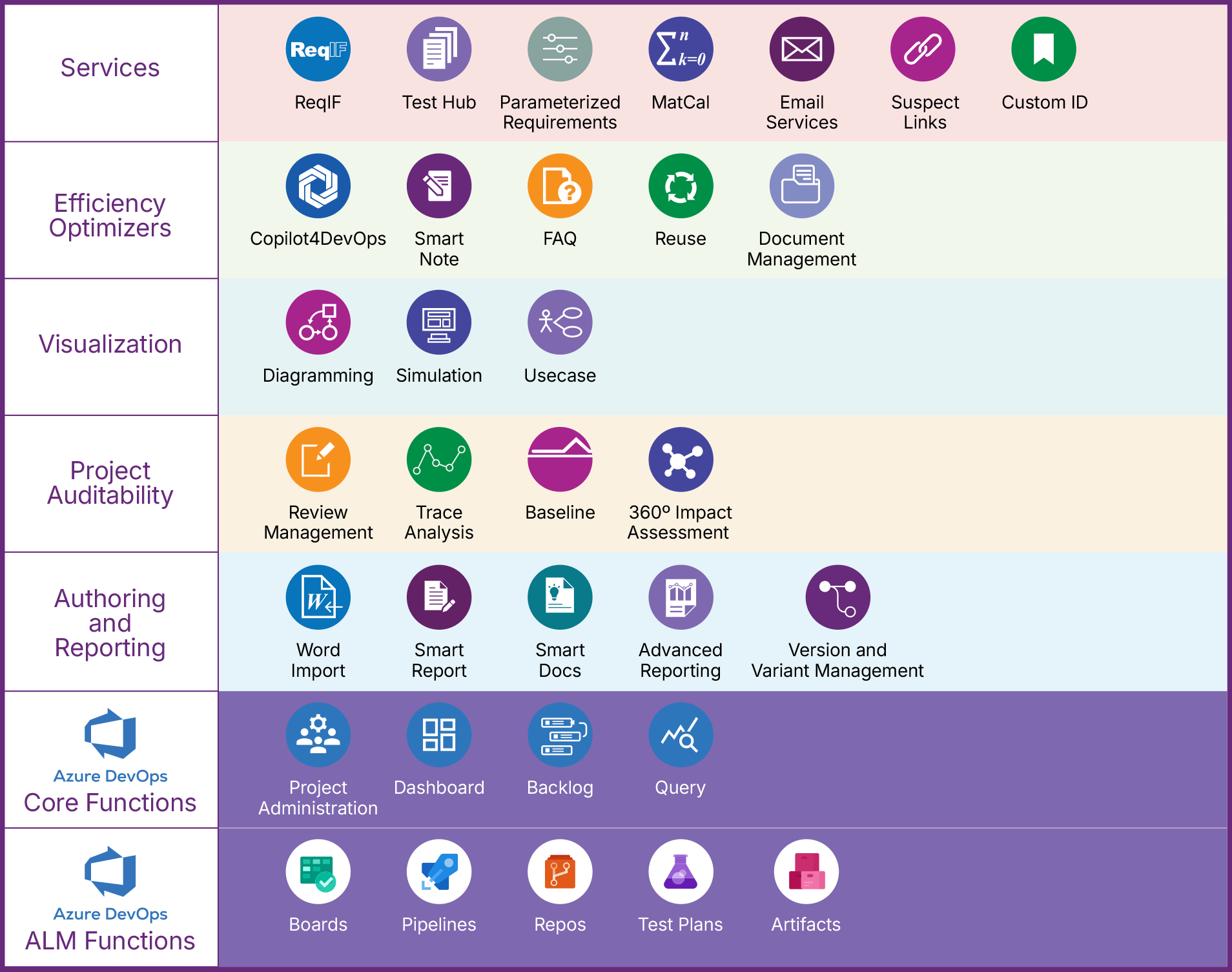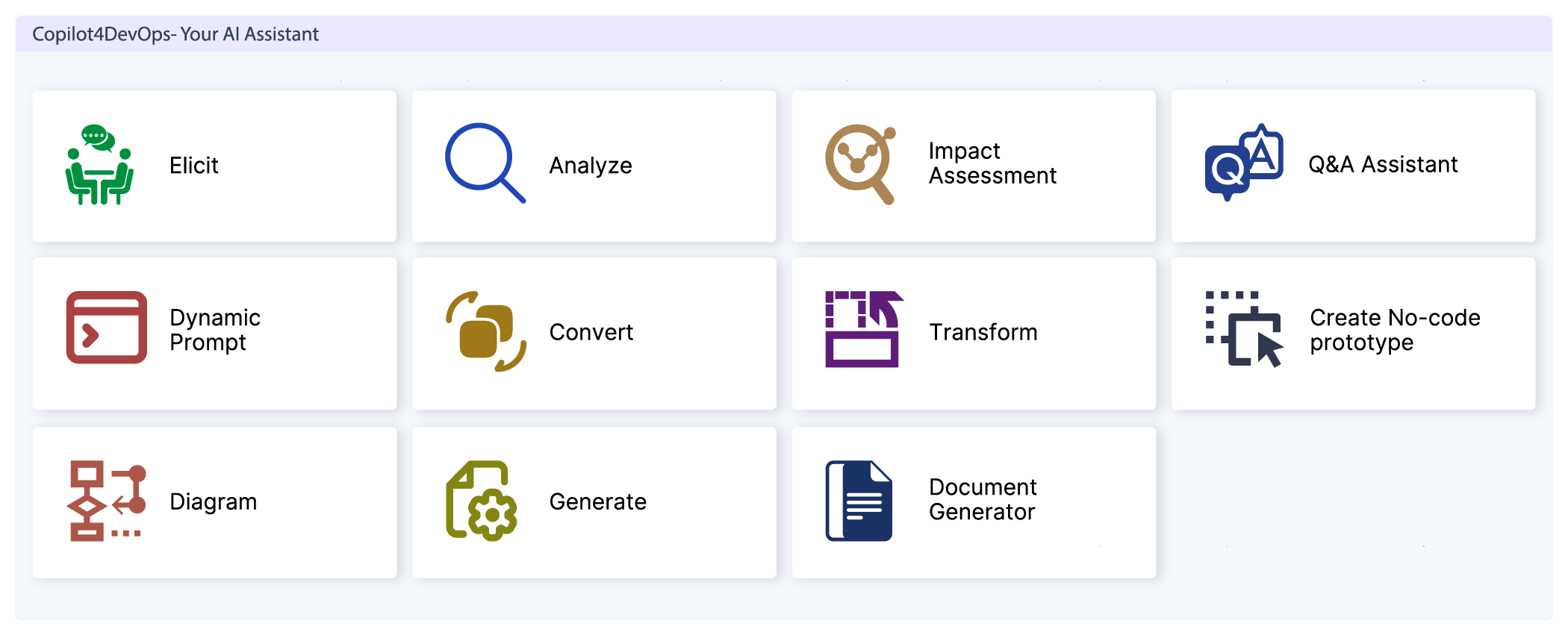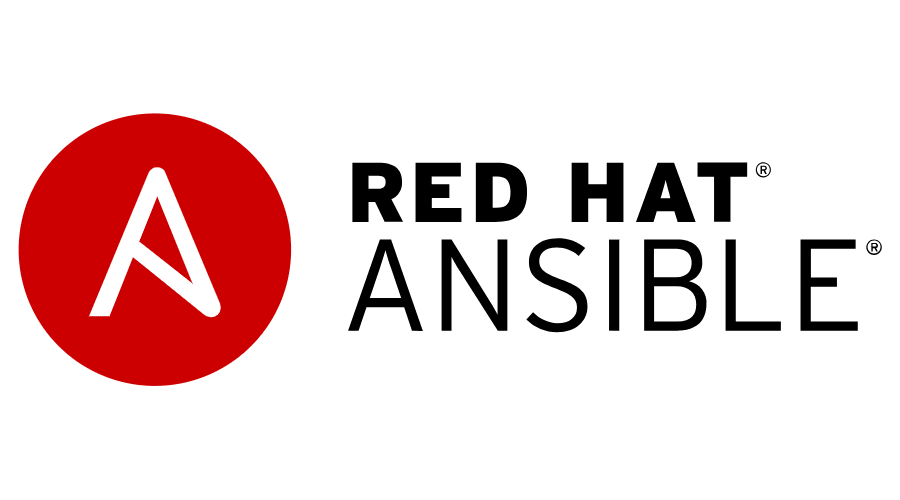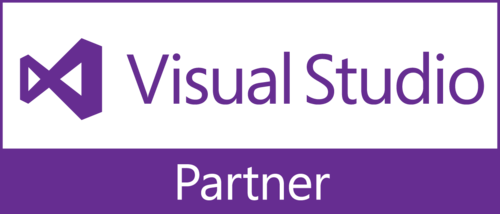10 Best DevOps Automation Tools to Simplify Software Development Workflows in 2025

Table of Contents
DevOps is a software development practice that brings development and IT operations teams to work together throughout the project life cycle. The main goal of DevOps is to speed up software delivery and improve quality.
However, when the team uses manual methods in DevOps, they often face challenges like disjointed workflows, slower development progress, and extra work. Teams may find it hard to keep up with changes, and delays can hurt the overall performance of projects.
Automation in DevOps means using tools and scripts to take over repetitive tasks. This helps speed up work, reduces mistakes, and lets teams focus on more important tasks.
If you are here, it means you are also looking for the best DevOps automation tools that can streamline your software development workflow.
No worries, we’ve got you covered!
In this blog post, we are going to reveal the top 10 DevOps automation tools that can make you a productivity beast.
What is a DevOps Automation Tool?
- Managing and tracing application requirements automatically.
- Finding and fixing bugs in the early stages, especially for testing teams.
- Automating software deployment and configuration in production.
- Running security checks on deployed code to prevent vulnerabilities.
- Managing software updates, support, and maintenance efficiently.
- Enforcing quality and compliance throughout the development cycle.
With the right automation tools, DevOps teams can always increase their productivity.
Top 10 DevOps Automation Tools Every IT Team Should Know
DevOps automation tools can offer seamless CI/CD pipelines that let teams build, test, and deploy faster while reducing errors.
After reviewing 35+ DevOps automation tools, we have picked the top 10 among them, which can help you to increase the overall efficiency of your team.
Let’s explore each tool in depth.
1. Modern Requirements4DevOps: Best for Requirements Management in Azure DevOps

Whenever you start any project, the first step is collecting requirements and managing them efficiently throughout the project cycle. So, our first pick is Modern Requirements4DevOps, a built-in solution within Azure DevOps that simplifies requirement management. It ensures that teams stay aligned from planning to deployment.
Key Features
- Automatically creates traceability matrices that link requirements of development, testing, and deployment phases. So, teams can easily track changes and identify affected areas, reducing the risk of project delays.
- Rather than writing new requirements from scratch, teams can reuse existing, pre-approved requirements from past projects. This way, it reduces redundancy and speeds up the requirement definition process.
- Automates the review process by allowing teams to collect feedback, approve requirements, and track changes in a structured manner. This eliminates the need for manual follow-ups and speeds up decision-making.
- Generates audit-ready reports with a single click based on real-time requirement data. This ensures compliance with regulatory standards while saving time on manual report creation.
- Allows teams to create parameterized requirements. This feature allows the management of multiple variations of a requirement without duplicating effort.
- By using the FAQs module, teams can store and retrieve frequently asked questions related to requirements. This prevents repeated inquiries and saves time.
- Automatically highlights any requirements that may be affected by a change in a linked requirement using a Dirty Flag. This prevents unexpected issues by alerting teams to dependencies early.
Pros
- Fully embedded within Azure DevOps, eliminating the need for third-party tools.
- Improves compliance with built-in versioning and traceability, making it easier to meet industry regulations.
- Saves time by automating requirement management, reducing project cycle times.
Cons
- Limited to Azure DevOps, making it less suitable for teams using other DevOps platforms.
Pricing
Modern Requirements4DevOps offers a free trial!
Checkout plans: here
2. Copilot4DevOps: Best AI Assistant for Requirements Automation in Azure DevOps


Copilot4DevOps is an AI-powered tool that automates key DevOps tasks related to requirement management within Azure DevOps. It automates various tasks, including requirement elicitation, requirement document generation, report generation, impact assessment on work items, etc.
Key Features
- Creates high-quality requirements from raw input data and reduces the time to generate requirements.
- Evaluates work items using industry-standard criteria like INVEST, SWOT, and MoSCoW, helping teams prioritize tasks effectively.
- Allows the creation and managing of dynamic prompts to generate tailored results, adding flexibility to the DevOps workflow.
- Automatically transforms business objectives into clear, detailed user stories, bridging the gap between stakeholders and development teams.
- Quickly develops high-quality pseudocode or test scripts in the required programming languages, increasing the development speed.
- Enables creation, testing, and refinement of fully functional prototypes without coding, facilitating rapid validation of software requirements.
- Generates and customizes various types of diagrams by referencing work items, aiding in the visualization of complex ideas.
Pros
- Enhances the project management workflow within Azure DevOps.
- Uses AI in DevOps to automate repetitive tasks.
- Offers a wide range of features from requirement elicitation to code generation, supporting various aspects of the DevOps lifecycle.
Cons
- Designed specifically for Azure DevOps users; teams using other platforms may not benefit.
Pricing
Here are the pricing plans of Copilot4DevOps:

3. Terraform: Best for Infrastructure as Code Automation

Terraform is an open-source tool that enables DevOps teams to define and manage infrastructure using code. By automating the provisioning of cloud resources, Terraform ensures consistent and efficient infrastructure deployment, reducing manual intervention and the potential for errors.
Key Features
- Use configuration language like HashiCorp Configuration Language (HCL) or JSON to define infrastructure.
- Terraform uses the configuration files for the provision of infrastructure.
- Allows reusing and sharing configuration files.
- Supports most cloud platforms, including AWS, Azure, and Google Cloud.
Pros
- Supports consistent infrastructure deployments across multiple environments.
- Reduces manual configuration errors with automation.
- Improves collaboration by using version-controlled configuration files.
Cons
- Managing state files can be complex, especially in large teams.
Pricing
Terraform is free to use as an open-source tool.
Check the paid plans here.
4. Kubikk: Revolutionize Kubernetes Workflow With AI-Powered Signals

Kubikk is an AI-powered DevOps solution, specifically designed to improve the Kubernetes workflows. It primarily focuses on performance optimization, minimizing downtime, and providing actionable insights based on real-time data to enhance resource allocation within Kubernetes.
Key Features
- Provides analytics for superior Kubernetes observability.
- Automatically troubleshoots the issues using AI algorithms and solves them. This reduces downtime and operational costs.
- Offers integration with major cloud platforms like AWS, Azure, and Google Cloud.
- Provides a user-friendly interface for managing Kubernetes clusters, facilitating efficient operations.
Pros
- Improves operational efficiency through actionable data insights.
- Supports multi-cloud environments, offering flexibility and scalability.
- Improves incident response times with proactive monitoring and alerting.
Cons
- Specifically designed for Kubernetes.
- If teams are not familiar with Kubernetes, it may be hard to adopt Kubikk.
Pricing
You can get limited features in the free version.
Check out pricing plans offered by Kubikk here.
5. Jenkins: Best for Continuous Integration and Continuous Deployment

Jenkins is an open-source automation server that provides continuous integration and continuous deployment (CI/CD) in software development. It allows developers to automate the building, testing, and deployment of applications, ensuring rapid and reliable delivery.
Key Features
- Jenkins offers a large ecosystem of plugins that can be integrated with numerous tools and services.
- Automates every stage of the software development lifecycle, from code commit to production deployment.
- Provides a user-friendly web interface for configuring and monitoring pipelines.
- Provides security features like role-based access control and encryption.
Pros
- It can be used and installed on any operating system.
- Facilitates rapid feedback on code changes, enhancing development efficiency.
- Strong community support ensures resource availability.
Cons
- Initial setup and maintenance can be complex, especially for large-scale projects.
Pricing
Jenkins is free to use as an open-source tool.
6. Dynatrace: Best for AI-Driven Monitoring and Performance

Dynatrace is a top monitoring platform offering real-time insights into application performance and infrastructure health. It leverages AI-powered DevOps solutions to automatically detect anomalies and optimize performance. This helps DevOps teams pinpoint and resolve issues before they impact end users, ensuring smooth, reliable operations.
Key Features
- AI-driven root cause analysis.
- End-to-end observability across complex environments.
- Automated performance monitoring and alerting.
- Seamless integration with cloud services.
Pros
- Accelerates issue resolution.
- Provides comprehensive system visibility.
Cons
- Requires fine-tuning for highly complex setups.
Pricing
Dynatrace has dynamic pricing as mentioned here.
7. Drone: Best for CI/CD Pipeline Automation

Drone is a lightweight, container-based continuous integration and deployment tool that streamlines software pipelines. It offers efficient DevOps CI/CD automation, making it easy to build, test, and deploy code. Drone’s flexible design integrates smoothly with Git repositories, allowing automated workflows in any environment.
Key Features
- Containerized pipelines ensure consistent builds.
- Simple YAML-based configuration.
- Fast, scalable pipeline execution.
- Integration with popular version control systems.
Pros
- Simplifies pipeline management.
- Speeds up build and deployment processes.
Cons
- Fewer native plugins compared to some alternatives.
Pricing
It has dynamic pricing starting from $300 per month per 10 developers.
8. Copado: Best for Automated Release Management

Copado is a robust release management tool that streamlines the deployment process and ensures high-quality releases. It automates end-to-end release workflows within cloud environments, reducing manual effort and errors.
Key Features
- Automated release scheduling and tracking.
- Integration with both cloud and on-premise systems.
- Real-time release pipeline insights.
- Built-in quality checks and compliance tracking.
Pros
- Reduces overall release cycle times.
- Improves deployment accuracy.
Cons
- It may need customization for unique workflows.
Pricing
It is a freemium tool.
Checkout their yearly pricing plans here.
9. Red Hat Ansible: Best for Configuration Management and Automation

Ansible is a popular automation tool that simplifies configuration management, application deployment, and orchestration. It enables DevOps teams to automate repetitive tasks and maintain consistency across environments.
By using simple, human-readable YAML files, Ansible helps set up and manage systems with minimal overhead.
Key Features
- Allows users to write playbooks with tasks and modules to define the desired state of the system.
- Offers agentless architecture to minimize overhead.
- Support application deployment
- Support system updates
- Scalable management across numerous servers.
- Offers integration with various cloud platforms like AWS, Azure DevOps, etc.
Pros
- Simplifies automation with a gentle learning curve.
- Increases deployment speed and consistency.
- As it is highly scalable, it can be used for small and complex projects.
Cons
- Initial set-up can be complex compared to other cloud-based tools.
Pricing
Pricing varies based on your usage and subscription choices. You can talk to any Red Hatter.
10. Spinnaker: Best for Multi-Cloud Deployments

Spinnaker is a powerful continuous delivery platform that streamlines the deployment process across multiple clouds. It helps teams automate and manage complex release pipelines, ensuring reliable and repeatable deployments. Spinnaker integrates with various cloud providers, making it ideal for organizations seeking to deploy applications in a multi-cloud environment.
Key Features
- Supports multi-cloud deployment, enabling consistent releases across AWS, Google Cloud, and Azure.
- Provides robust pipeline management with built-in deployment strategies.
- Enables real-time monitoring and rollback capabilities.
- Integrates with existing CI/CD tools to automate the full release cycle.
Pros
- Simplifies complex deployment processes.
- Enhances deployment reliability and speed.
Cons
- It can be complex to set up for beginners.
How to Choose the Best DevOps Automation Tools?
Selecting the best DevOps automation tools can greatly boost your team’s productivity and increase the project delivery speed.
Consider these key factors when making your decision:
- Integration: Always make sure that the tool works well with your current workflow and platforms. A tool that integrates seamlessly with your project management systems saves time and reduces extra setup work.
- Ease of Use: Ensure that the tool has a user-friendly interface and proper how-to-use guides. Tools that are simple to set up can help your team to start quickly.
- Scalability: Choose the right tool that can scale as your projects and organization grow. The right tool should handle small and large workloads.
- Security: Verify that the tool meets your security standards. It should include features like access control, encryption, and audit trails to keep your data and processes safe.
- Pricing: Cost is the most important factor. So, choose one that fits within your budget. You should look at various pricing models and determine which option offers the best value for your organization.
- Cross-platform Support: Make sure that the tool is compatible with various operating systems like Windows, Linux, Mac OS, etc.
- Robust Customer Support: The availability of 24/7 customer support, resources, and community support can help teams troubleshoot and solve issues quickly.
- Extensibility: It provides a wide range of plugins to extend the capabilities of tools.
- Trial Availability: Use free trials or demos to test the tool before committing, ensuring it fits your needs.
Closing Thoughts
Of course, DevOps automation tools can increase your team’s efficiency, but only if you have selected the right one.
Here, we have given a list of the top 10 DevOps automation tools. From them, don’t just select the tool that is the most popular one. But, select one that satisfies your unique requirements, has integration capabilities, and is easy to use.
Evaluate your current setup and take advantage of free trials in making final decisions. This will help you choose solutions that best fit your team’s needs and lead to smoother, more reliable project delivery.
Frequently Asked Questions (FAQ)
Q1: Which tool is used for automation in DevOps?
There are many tools available in the market. Some of them include Copilot4DevOps, Jenkins, Ansible, and Terraform. These are considered some of the best DevOps tools for automation.
Q2: Is Selenium a DevOps automation tool?
Selenium is generally used for automated testing. As it plays a vital role in the testing stage, it is not a comprehensive DevOps automation tool.
Q3: What is Docker in DevOps?
Docker is a containerization platform that packages applications and their dependencies, simplifying deployment and scaling in a DevOps environment.
Q4: How much do DevOps automation tools typically cost?
Every tool has a different price. Many open-source tools are free, while enterprise tools can cost from a few dollars per user per month to much higher, depending on features and scale.
Q5: What are Infrastructure as Code tools?
These tools allow teams to manage and provision infrastructure resources using the code. Terraform is one of the best Infrastructure as Code tools.
Q6: What are DevSecOps automation tools?
DevSecOps automation tools integrate security into the DevOps process, ensuring that security checks and compliance are automated alongside deployments.









